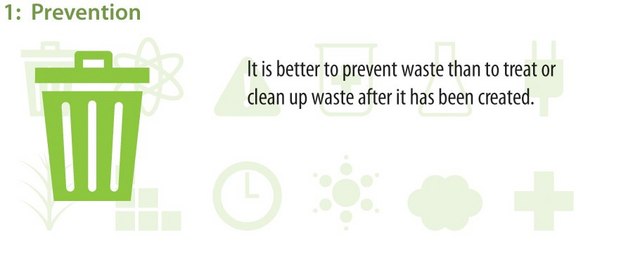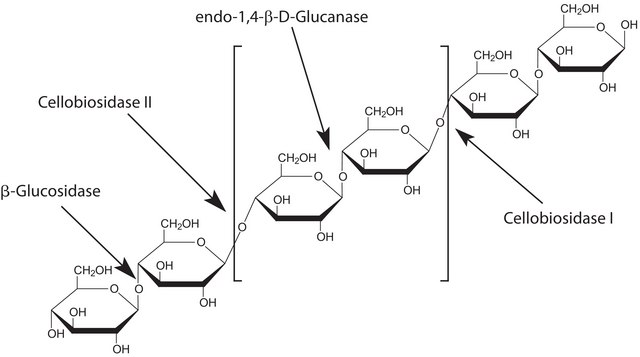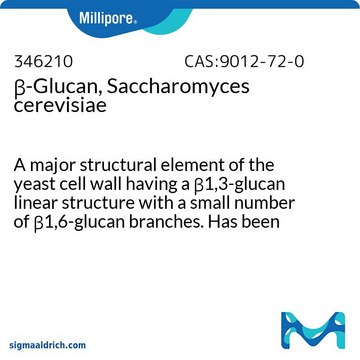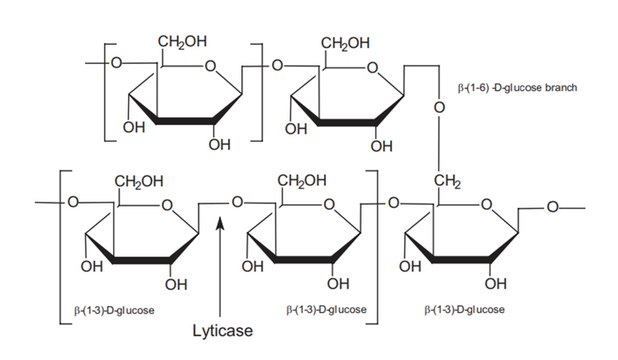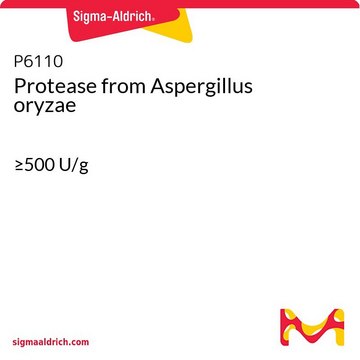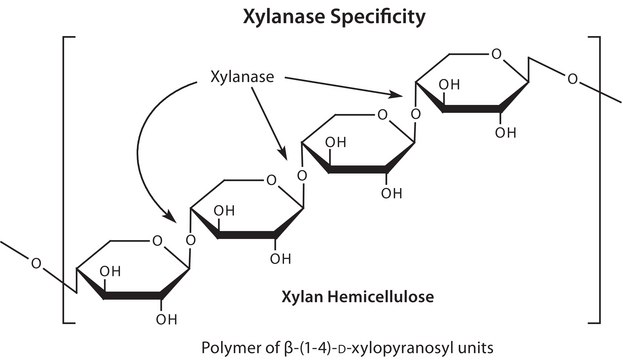G8673
β-Glucanase 2, thermostable
recombinant, expressed in E. coli, ≥90% (SDS-PAGE)
Synonym(s):
β-Glucanase, thermostable
About This Item
Recommended Products
recombinant
expressed in E. coli
Assay
≥90% (SDS-PAGE)
form
liquid
specific activity
≥1.0 units/mg protein
mol wt
38 kDa
concentration
≥20 mg protein/mL (Bradford)
shipped in
wet ice
storage temp.
2-8°C
Looking for similar products? Visit Product Comparison Guide
1 of 4
This Item | X3254 | C9499 | 407697 |
|---|---|---|---|
| assay ≥90% (SDS-PAGE) | assay ≥90% (SDS-PAGE) | assay ≥90% (SDS-PAGE) | assay ≥80% (SDS-PAGE) |
| form liquid | form liquid | form liquid | form liquid |
| concentration ≥20 mg protein/mL (Bradford) | concentration ≥20 mg protein/mL (Bradford) | concentration 19-21 mg protein/mL (UV) | concentration - |
| recombinant expressed in E. coli | recombinant expressed in E. coli | recombinant expressed in E. coli | recombinant - |
| shipped in wet ice | shipped in wet ice | shipped in wet ice | shipped in wet ice |
Application
Biochem/physiol Actions
Unit Definition
Physical form
Storage Class Code
10 - Combustible liquids
WGK
WGK 2
Flash Point(F)
Not applicable
Flash Point(C)
Not applicable
Regulatory Information
Choose from one of the most recent versions:
Certificates of Analysis (COA)
Don't see the Right Version?
If you require a particular version, you can look up a specific certificate by the Lot or Batch number.
Already Own This Product?
Find documentation for the products that you have recently purchased in the Document Library.
Our team of scientists has experience in all areas of research including Life Science, Material Science, Chemical Synthesis, Chromatography, Analytical and many others.
Contact Technical Service
